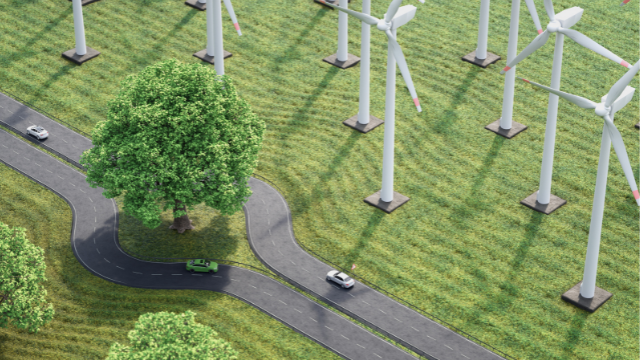1103 results found
Featured results



More results
The Kidston Pumped Storage Hydro project is the first pumped hydro energy storage scheme globally to be developed in an abandoned gold mine. The giant battery located in Kidston, Far-North Queensland will pump water uphill when energy is abundant during off peak periods and releasing it to create power in times of peak demand. The Kidston project is supported by NAIF’s 15-year concessional loan of AUD610m (USD475 million) - debt finance. Genex will provide AUD120 million (USD93 million), including AUD25 million (USD19.5 million) investment by J-Power -equity finance.
Today, the GI Hub has launched a new resource that shows how G20 governments are spending the USD3.2 trillion in infrastructure as a stimulus.
India's infrastructure needed substantial investment to fulfill the demands of the growing economy. The Indian government introduced various initiatives to demonstrate domestic confidence to foreign investors, including Infrastructure Investment Trusts (InvITs) as an avenue for infrastructure developers to divest operational projects and reduce their leverage.

This research helps governments and industry ensure that infrastructure investment supports climate mitigation and adaptation, resilience, and inclusive outcomes during challenging economic times.


Drawing on examples and case studies, this report aims to provide a framework to optimise existing infrastructure assets and build new resilient infrastructure, including new strategies capable of ensuring quality and performance over the asset life-cycle.

Technological innovation could fill 60% of the infrastructure investment gap, but first we need to address the barriers to financing. On 17 November 2021, the GI Hub is hosting Financing InfraTech for the Climate Transition to explore solutions to galvanise infrastructure technology adoption at scale.
The pandemic increased inequalities among vulnerable people and highlighted gaps in access to financing and services in every country. Simultaneously, the climate crisis is still at ‘code red’. From every vantage point, it is clear that we need to get the most possible out of the unprecedented level of infrastructure as a stimulus.
These documents are used if you’re doing an IPA review. You can also use these documents if you’re doing a non-IPA review, for example, any other government review or a medium risk review.

Innovative win-win power scheduling agreement between the two procurers that enabled Delhi Metro to draw power flexibly to suit the variable nature of its demand for running trains.
The infrastructure sector needs to make a fundamental shift from built solutions that address singular problems to those that address multiple transformative outcomes.
The recording is now available for the GI Hub and International Finance Corporation (IFC) webinar ‘Infrastructure for the recovery: Innovation for de-risking greenfield investment’, the third in the series New Deals: Funding solutions for the future of infrastructure.
Sadek Wahba explores four infrastructure related themes that were re-affirmed at COP26 to deliver on a net zero future
Ohio State University's energy efficiency program aimed to modernise the 490-building campus. OSU entered into a concession agreement with Ohio State Energy Partners (OSEP), which provided a USD1.165 billion up-front lease payment to handle the university’s energy management and a network expansion over a 50-year concession period.

Infrastructure Monitor is the GI Hub's annual flagship report on the state of investment in infrastructure.


Infrastructure Monitor is the GI Hub's flagship report on the state of investment in infrastructure. The 2021 report examines global private investment in infrastructure projects, infrastructure investment performance, project preparation, ESG factors in infrastructure investment, and COVID-19 impacts.
To close the infrastructure gap in a sustainable recovery, we need more greenfield infrastructure, with environmental sustainability at its core. This requires innovative funding models and public-private partnerships (PPPs), particularly in emerging economies where private investors are more reluctant to invest and greenfield infrastructure need is greatest.
Given its share of greenhouse gas emissions, infrastructure needs to be decarbonised as part of the long-term transition to net zero and the limitation of global warming to 1.5%.
Proposing an international action agenda which looks in more detail at what is needed to realize the transition to circular infrastructure on both the EU and international levels





 Transformative Outcomes Through Infrastructure
Transformative Outcomes Through Infrastructure













